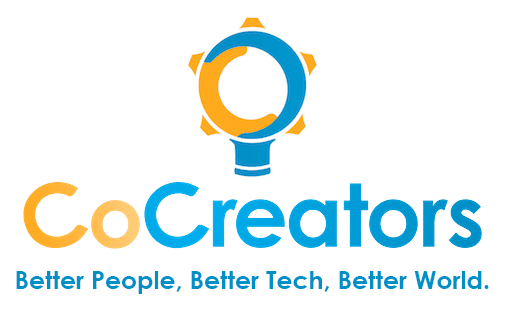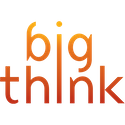As featured in The Troy Daily News and The Record-Courier
In the future, Virtual Reality is going to change many fundamental ways in which humans interact. One of those changes is going to be the elimination of language barriers. From a theological standpoint, VR is going to be one of the prime mechanisms by which people, participating in Christ’s redemptive purposes, begin to deliver humankind from the implications of the religious myth of the Tower of Babel.
Presently in society, many people use the word “myth” to indicate that they believe something to be false. This though is not a proper understanding of what a myth is in a religious context. A religious myth is a depicted interaction between God and humans meant to illustrate a larger, often metaphorical, point. The Biblical Tower of Babel story, found in the Torah, is one such myth.
To understand the basic idea behind the story – we should consider that the Biblical passages just preceding this particular myth depict how humans have been rebellious in their relationships with God and with each other. According to the Scriptures – such actions have resulted in humanity’s departure from living in the fullness of what it means to be made human in God’s image. As a result of humanity’s rejection of its own created identity, God purportedly was prompted to make decisions about how the relationships should/could continue on in the future.
So, when we get the story of the Tower of Babel in Genesis 11:1-9, we are then informed that – at one point in human history – all of humanity spoke the same language. And, continuing on in the aforementioned rebellious spirit, the people in the land of Shinar use this advantage to build a city with a tall tower (later called Babel) that will bring acclaim to them, as if they were God. Being well acquainted with the prior rebellious actions of humanity, God seeks, not to destroy the people, but to confuse them by causing them to speak different languages and later scattering them throughout the world.
Regardless of ones opinions of the Biblical text or of how language has come to exist presently, humanity still experiences the depicted complexities and “confusion” of having many languages. But that existing condition will not remain for long. Technology is on the verge of changing how we communicate with one another and Virtual environments are primed to be the training grounds for the linguistic reconciliation of humanity.
We can see the advent of such a reunion of language already happening through technology. Currently, Google Translate provides basic options for instant text translation. Additionally, as many frequent international travellers know, there are numerous developing verbal translation apps. Some of these apps allow the user to speak into their smartphone device in order to convert, and then speak, their statement into another language of choice.
Eventually, Virtual Reality will have the ability of allowing any person to speak in their native tongue while seamlessly having their language translated into the language of the hearer. This will be an instantaneous process in VR that will be unnoticeable to all parties involved. Later on, when aspects of virtual and augmented reality technology begin to be integrated into wearable devices, this process of translation will become more integrated into our present reality. Ultimately, it is likely that wearable tech will be infused biotech additions to persons. Your headphones and Apple Watch will no longer be something that you wear but will be part of your human skin and tissue. That may seem far-fetched to folks now but – be assured – it’s coming.
Of course theologically, all of this makes sense. When humanity separates itself from God – things get more difficult. But with Jesus’ coming into the world to rescue and reconcile humanity and creation – we are now able to participate in the restoration of our relationships with each other and with God in new and transformative ways. One of the ways that we can do that is through technological advancement.






























Language translation apps are still a long way from being fluent. Some Russian students I had and I used to use Google translate occasionally and we would have to laugh at the ridiculous translations.
Alan – No question that the tech has a long way to go… But consider how quickly it has developed in such a short time. The future is looking bright!